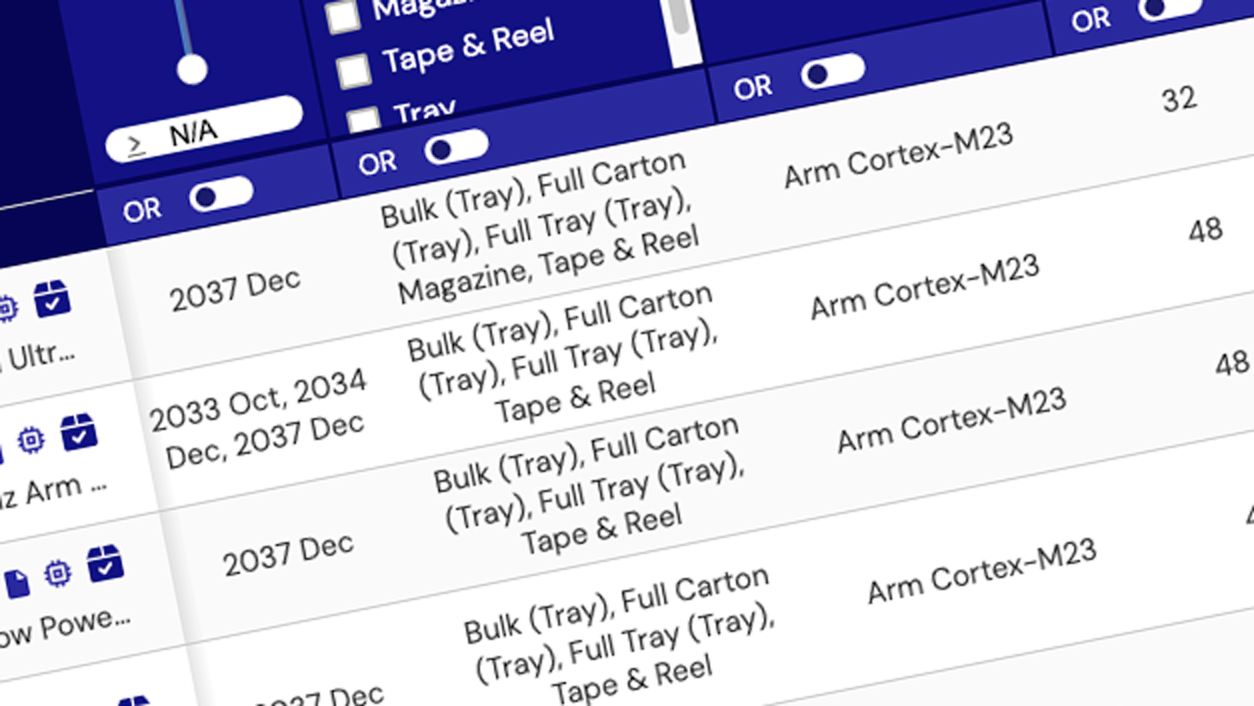ルネサスの耐放射線強化2端子温度トランスデューサは、高インピーダンスの電流出力を持っているため、長ラインでの電圧降下の影響を受けません。 これらの温度センサは、人工衛星やその他の航空宇宙アプリケーションにおけるリモート温度センシングに最適です。

プロダクトセレクタ: 耐放射線特性強化センサ
パラメトリック製品セレクタを使用してカタログ上の製品を検索してみてください。パラメータ毎に スペックを比較することでお客様の設計に適した製品が表示されます。
プロダクトセレクタルネサスの耐放射線強化2端子温度トランスデューサは、高インピーダンスの電流出力を持っているため、長ラインでの電圧降下の影響を受けません。 これらの温度センサは、人工衛星やその他の航空宇宙アプリケーションにおけるリモート温度センシングに最適です。

パラメトリック製品セレクタを使用してカタログ上の製品を検索してみてください。パラメータ毎に スペックを比較することでお客様の設計に適した製品が表示されます。
プロダクトセレクタ